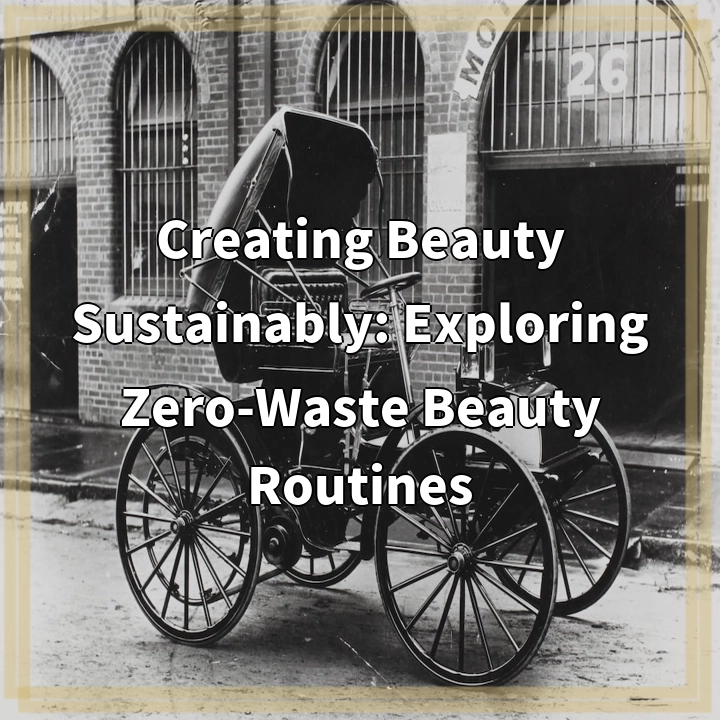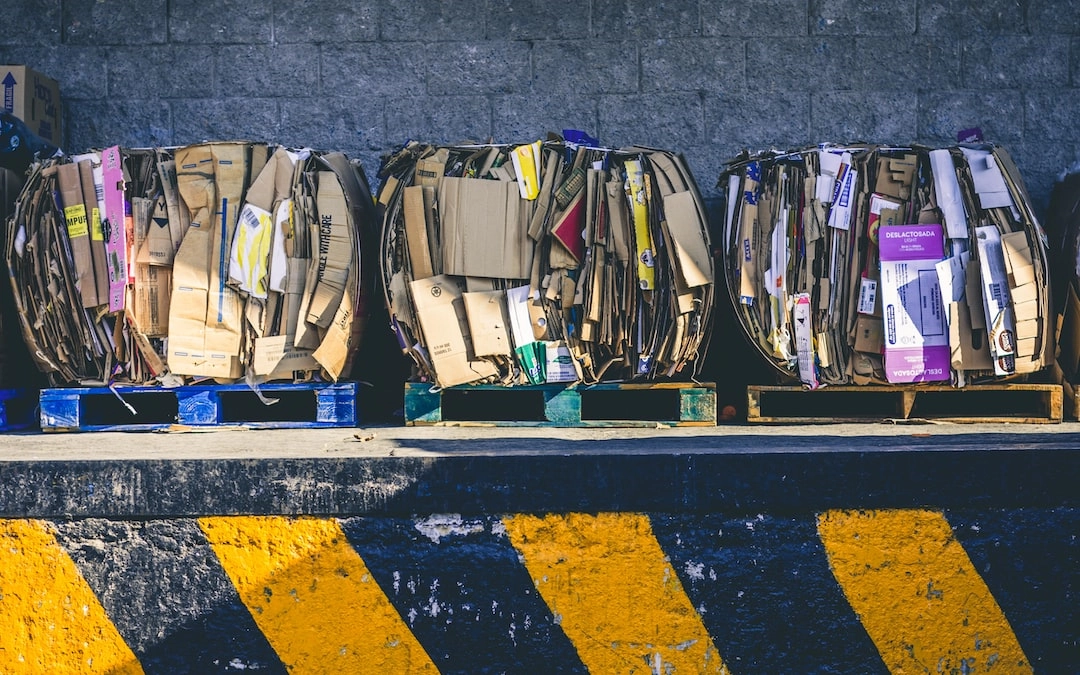
What it is:
Zero-waste beauty routines have emerged as a sustainable approach to personal care and beauty practices. The idea behind zero-waste beauty is to minimize or eliminate the production of waste in our daily beauty rituals. It involves making conscious choices in the products we use, the packaging they come in, and the disposal methods we adopt.
Real-World Problems:
1. Plastic Waste: The beauty industry is notorious for its excessive use of plastic packaging, leading to a significant amount of waste. Plastic containers, bottles, and single-use items contribute to the ever-growing problem of plastic pollution in our landfills and oceans.
2. Chemical Exposure: Many conventional beauty products contain harmful chemicals that not only end up in our water systems but also come into contact with our skin. This can lead to adverse health effects for both humans and the environment.
3. Resource Depletion: Extracting the raw materials used in beauty products often involves damaging environmental practices like deforestation, mining, and overexploitation of natural resources. These practices contribute to habitat destruction, loss of biodiversity, and climate change.
4. Lack of Transparency: The beauty industry has often lacked transparency in terms of ingredient sourcing, manufacturing processes, and disposal methods. Consumers are left in the dark about the true environmental impacts of their favorite beauty products.
Addressing these real-world problems requires a shift towards zero-waste beauty routines. By adopting sustainable practices such as using minimal or compostable packaging, choosing natural and eco-friendly ingredients, and supporting brands with transparent and ethical values, we can make a positive impact on both our personal well-being and the health of the planet.

Solutions for Zero-Waste Beauty Routines:
1. Use Package-Free or Minimal Packaging: Opt for beauty products that come in recyclable, refillable, or biodegradable packaging. Look for brands that offer package-free options or use minimal packaging made from sustainable materials.
2. DIY Beauty Products: Instead of relying solely on store-bought products, consider making your own beauty essentials using simple, natural ingredients. This reduces packaging waste and allows for more control over the ingredients used.
3. Choose Natural and Eco-Friendly Ingredients: Look for beauty products that are made with organic, cruelty-free, and sustainably sourced ingredients. Avoid products that contain harsh or toxic chemicals that can harm both your health and the environment.
4. Support Transparent and Ethical Brands: Research and support brands that prioritize transparency, ethical production practices, and environmental stewardship. Look for certifications like “Fair Trade” or “Certified Organic” to ensure that your beauty products align with sustainable values.
5. Reduce Water Consumption: Be mindful of water usage during your beauty routines. Take shorter showers, turn off the tap while brushing your teeth or cleansing your face, and consider alternatives to water-based products when possible.
6. Proper Disposal and Recycling: Learn how to properly dispose of beauty products and packaging. Look for recycling programs or terracycle options for hard-to-recycle items and consider composting organic beauty products.
By adopting these solutions and embracing a zero-waste beauty routine, we can contribute to reducing plastic waste, minimizing chemical exposure, conserving resources, and supporting a more sustainable future for the beauty industry.















